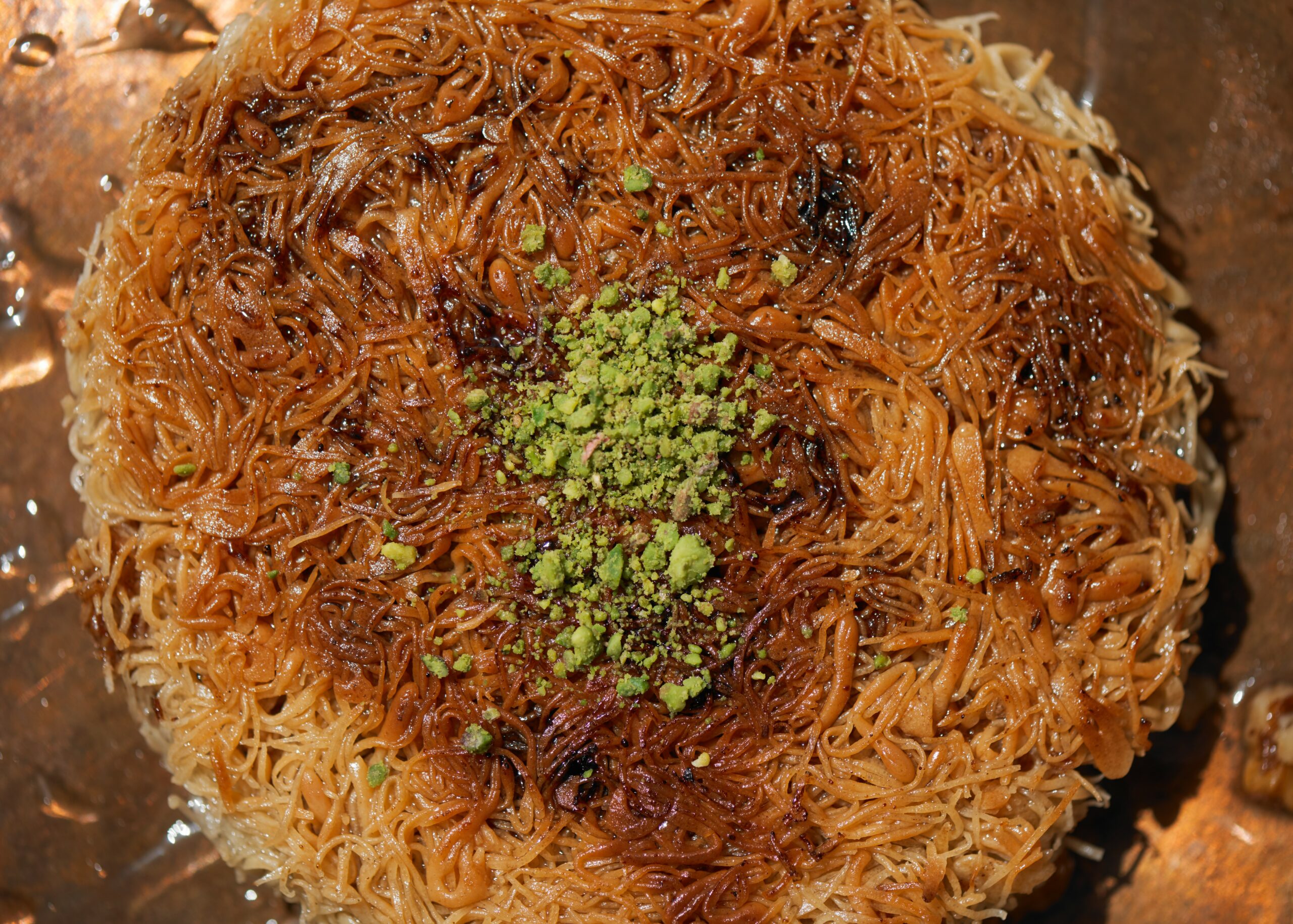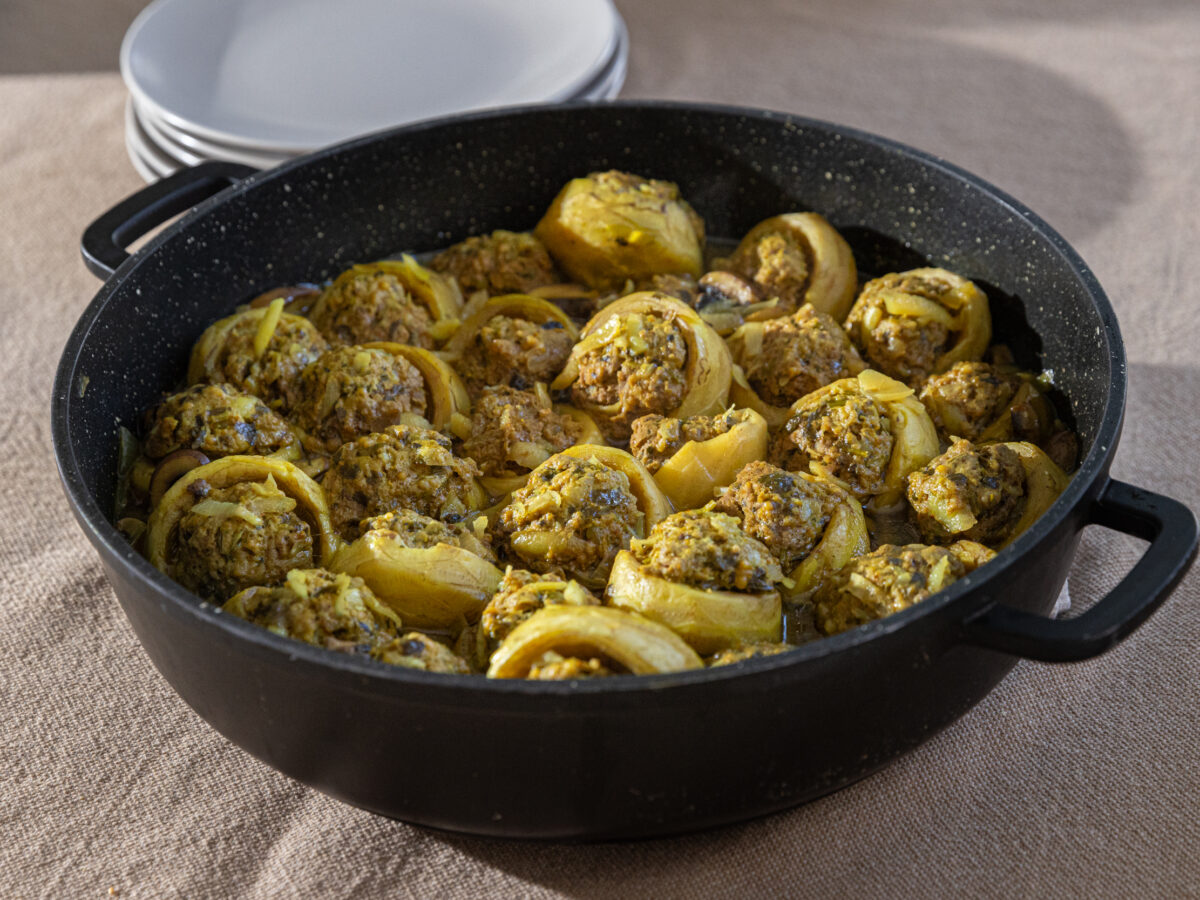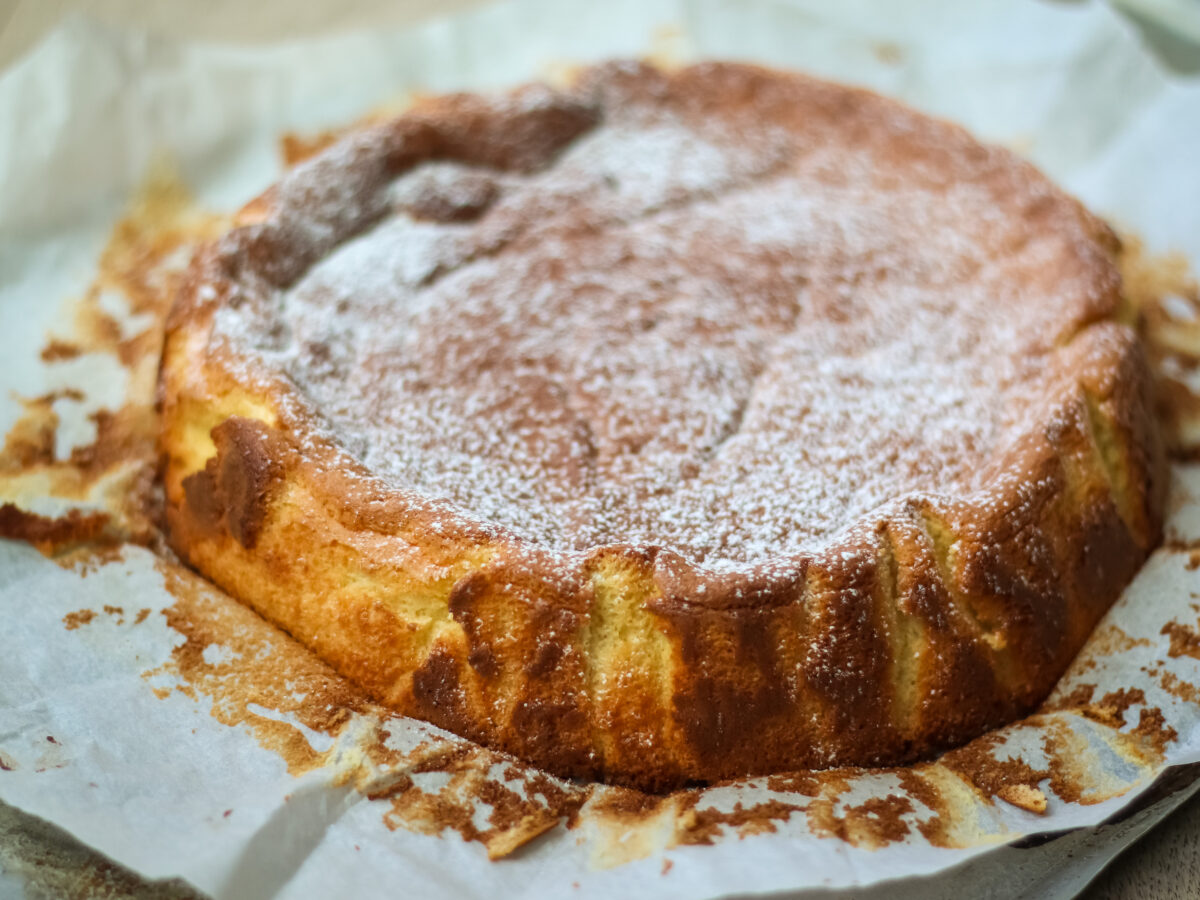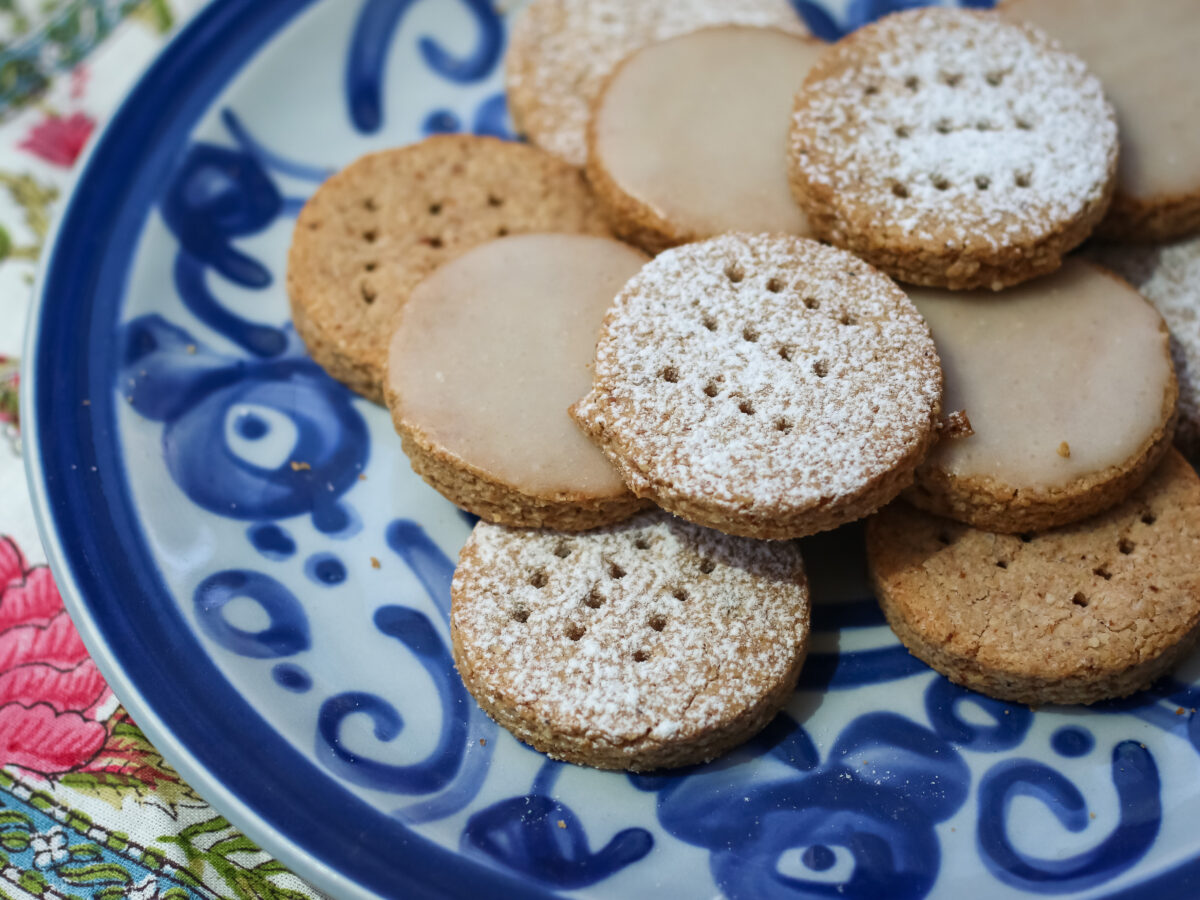
Pan cakes — cakes fried or boiled on a surface placed over a flame — are the most ancient sweets in history, with variations in almost every human culture and geographic region. Until the 13th century, the terms “knafeh” in Arabic and “qatayef” in Turkish referred to pan cakes made from a batter of flour and natural yeasts (sourdough); most were filled with nuts, rolled, or folded into a crescent shape, and dipped in a sweet syrup. A description of these spongy crepes appears in “The Thousand and One Nights” and other stories from that period. Then as now, people tended to buy them from professional vendors rather than preparing them at home. The qatayef, one of the most common sweets during the Ramadan period, is a contemporary twin of that tradition.
Between the 13th and 15th centuries, a change took place: those terms — knafeh and qatayef — came to describe thin strips of dough, or noodles prepared from the same batter, that were ultimately used to prepare similar pan cakes, which were sprinkled with perfumed syrup and decorated with nuts. The spoon used to pour a circle of batter onto the hot cooking surface was replaced by a perforated ladle (and some say it was preceded by a coconut shell). Eventually that gave way to special metal pots with tubes on the bottom designed to slowly dribble the batter, until finally bakers began using modern equipment to form the fine qatayef noodles. Alongside the popular knafeh, made with fine hairs of qatayef, preparation techniques for other types of knafeh have been preserved, including Arabic knafeh, made from semolina and bulgur), or na’ama knafeh, which is typically made from finely ground crumbs of thin batter instead of fine noodles. The traditional filling was a mix of walnuts, almonds, and pistachios, while a cheese filling appeared later, in the 18th and 19th centuries.
Lebanese-born confectioner and baker Farah Raslan has investigated various methods for preparing the noodles of pastry by hand. She baked the knafeh over traditional sources of fire, including the embers of an open campfire.
Ingredients
- For the syrup:
- 2 cups / 400 grams sugar
- 2 cups / 470ml water
- Additional flavorings: 1 cinnamon stick/ 3 geranium leaves/ lemon peel + 1 tablespoon citrus blossom water
- 2 teaspoons lemon juice
- For the kataifi pastry:
- 2 cups / 200 grams all-purpose flour
- 1 cup / 100 grams cornstarch
- 2½ tablespoons canola or sunflower oil
- 1¼ teaspoons / 6 grams salt
- ½ teaspoon sugar
- 2¼ cups / 600ml water
- For the knafeh:
- 1 ¼ cups / 250 grams clarified butter
- 2 cups / 200 grams walnuts, finely chopped
- 1 tablespoon cinnamon
- ½ ground anise seeds (optional)
- 1 tablespoon brown sugar
- 1 tablespoon honey
Preparation
- Prepare the syrup: Place the water and sugar in a pot and bring to a boil. Simmer for 3 minutes. Add a flavoring of your choice and the lemon juice, stir, and refrigerate (the syrup will keep refrigerated for up to 2 months). Bring the syrup to room temperature before using.
- Prepare the kataifi pastry: In a food processor, blitz all the ingredients to a smooth batter the texture of heavy cream. Transfer the batter to a piping bag and pierce once using a pin or toothpick. Alternatively, transfer to a squeeze bottle with a small nozzle (you can insert a toothpick to reduce the nozzle’s diameter).
- Heat a large skillet over medium-high heat. Lightly grease the pan using a paper towel dipped in a little oil and pour the batter in a spiral, to thin slightly spaced threads. If the batter is too thick, dilute it with water to the desired consistency. Make sure that the batter touches the bottom of the hot pan and fry for 20 seconds, until dry. Gently gather the dried dough strands and transfer to a bowl. Repeat with the remaining batter.
- Prepare the filling: Mix the walnuts, cinnamon, anise seeds (if using), brown sugar and honey in a bowl.
- Assemble the knafeh: Mix the kataifi noodles with 6 tablespoons of melted clarified butter. Generously grease a 10-in / 26cm skillet with clarified butter. Add three quarters of the noodles and flatten to evenly cover the bottom of the pan, making sure there are no holes.
- Sprinkle the filling over the kataifi in an even layer and press tightly. Cover with the remaining kataifi noodles and press to flatten.
- Bring the pan to medium-low heat and fry patiently, rotating the pan continuously for even browning, adding a little more clarified butter each time. Using a spatula, lift the knafeh and peek at the bottom to make sure it is browning nicely.
- When the bottom is golden brown, approximately 12-15, flip the knafeh on a plate, grease the pan with clarified butter and carefully slide the knafeh back. Fry until the bottom is golden brown, 6-8 minutes.
- Transfer to a serving plate and pour the sugar syrup on top.




